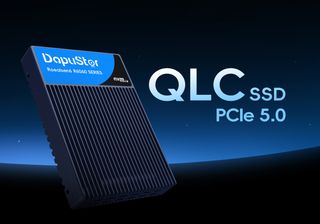News
Explore News
-
Audio News
-
Computing News
-
Earbuds and Airpods News
-
Health & Fitness News
-
News about Cameras
-
News about Fitness Trackers
-
News about Headphones
-
News about Laptops
-
News about Phones
-
News about Small Appliances
-
News about Smartwatches
-
News about Tablets
-
News about The Home
-
News about iPads
-
Smart Home News
-
Television News
Latest about News

The Ashes 2025/26 Free Streams: TV Channels, Full Schedule & Boxing Day 4th Test Preview for Australia vs England
By Roderick Easdale last updated
News All the ways to watch the 2025/26 Ashes from anywhere in the world as Australia and England do battle in cricket’s most famous Test series.

How to watch Heated Rivalry episode 6 online – stream finale online from anywhere as Shane and Ilya's love story climaxes in 'The Cottage'
By Aatif Sulleyman published
News Titled "The Cottage", episode 6 sees Shane and Ilya make one last push to get past square one. Here's how to watch Heated Rivalry episode 6 online.

NYT Wordle today — answer and my hints for game #1650, Thursday, December 25
By Marc McLaren last updated
Looking for Wordle hints? I can help. Plus get the answers to Wordle today and yesterday.

Time to switch to eSIM? South Korea will now make consumers scan their faces to buy a SIM card and cut down on scams
By Efosa Udinmwen published
South Korea now requires facial scans for SIM registration following data breaches which used fraudulently activated mobile phone numbers.

Where is Santa right now? How to track his progress live with NORAD and Google
By Josephine Watson last updated
Want the best Santa Tracker and to play some fun games through Norad or Google? We're live-blogging Santa's movements as he ventures out from the North Pole

Is the Internet's time wrong? NIST warns servers may have lapsed due to a power outage
By Efosa Udinmwen published
NIST warns specific public time servers may be inaccurate after a power outage disrupted atomic clock distribution.

How to watch Midnight Mass 2025 — live stream First Mass of the Nativity for free
By Tom Wardley published
News The BBC bring live coverage of the First Mass of the Nativity. Here's how to watch Midnight Mass 2025 online and from anywhere.

Guess where all the NAND flash components are going? The 8th (yes, eighth) 245TB SSD has been announced amidst race to quench AI storage thirst of hyperscalers
By Wayne Williams published
DapuStor announces a 245TB class SSD as AI workloads continue to shape flash storage priorities in hyperscale data centers.
Sign up for breaking news, reviews, opinion, top tech deals, and more.

